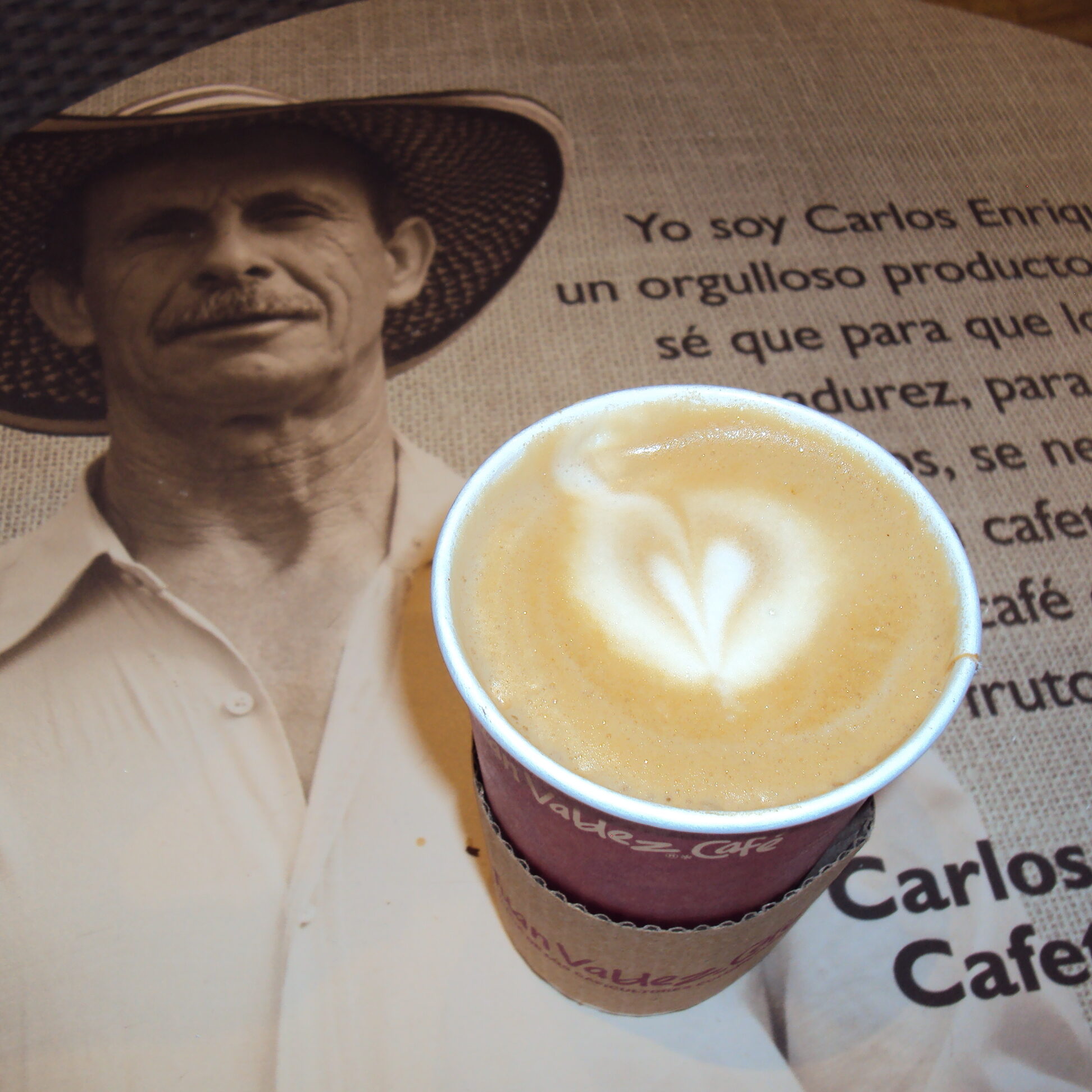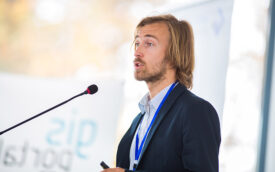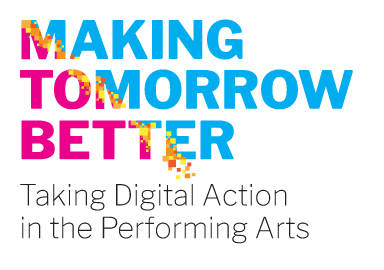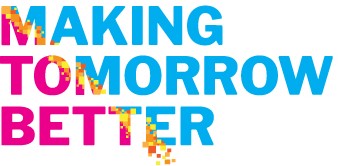Online Conferences Thrive on Attendees’ Participation
From ‘Attendee’ to ‘Participant’ in 7 steps
By Inga Petri (Strategic Moves/ [email protected]) with Lynn Feasey (Points North Creative), Jason Guille (Stream of Consciousness) and Felicity Buckell, October 2020
Two of the most often cited elements of good conference and event design, digital or otherwise, are high-quality content, and meaningful participation and engagement on the part of the attendees.
The job of the hosts, moderators, facilitators, speakers and workshop leaders is to build an environment that effectively connects these two. The design must create the conditions to enable learning, allow new ideas to take root, and affect change in the participants, galvanizing them toward action.
In the digital world, we face the challenge of cultivating social behaviours while speakers and attendees are physically isolated, faced with the detachment that can occur when our experience is mediated through a screen.
How do we get our attendees to forget they are looking at a computer screen, and encourage deep human connection and interactions? How can we create a feeling of belonging and connection, as well as comfort and safety, mindsets which in turn enable true sharing and learning? How do we move from having passively listening attendees to actively engaged participants?
PDF Series (for download)
- Fundamentals of Great Online Conferences: A Practitioner’s Perspective on Design and Technology
- Streaming Technology Equipment Kit for Speakers
- Online Conferences: Essential Tips for Speakers Or How to Achieve True Participation and Learning Online
- Online Conferences Thrive on Attendees’ Participation: From ‘Attendee’ to ‘Participant’ in 7 steps
- Accessibility and Inclusion: Creating Better Online Conference Experiences for More People More Often
- Financial Considerations of Online Conferences: Cost Drivers and Revenue Streams
CASE STUDIES
Step One: Anticipation or Sowing the Seeds of Connection
Just as in the case of in-person event planning, engaging your audience in the digital world begins weeks, even months in advance of the event itself. To deliver a human-centred experience, you must genuinely connect with attendees as full human beings from the get-go.
Once attendees have registered, keep in touch with them as the conference draws closer. Consider providing something tangible, real to help build anticipation, and to secure attendance. Tangibles could also be related to a specific conference session, such as sharing a recipe for making bread, and baking it in advance of the session.
It could be an imaginative tactic, such as asking attendees to think about a specific word or phrase and how it relates to their work, their desired conference experience, their hopes for the future (“what does ‘this’ mean to you in the context of your work?”). Using a collaborative tool such as Miro, or a shared Google Doc participants could express their thoughts and view others responses and expand on them. Creating this kind of pre-conference activity can serve you well once the online events begin, as participants will already feel some connection with each other, have invested time into making their experience successful and gain greater commitment to attending and participating in the conference.
Pre-conference activities can be used to give profile to sponsors, to feature local talent, to prepare the attendees for the substance of the conference proceedings.
Step Two: A Sense of Arrival
Since participants won’t be physically arriving at the conference, you should work to construct this feeling of arrival in the online space. This could be, for example, a link to a video/slideshow that ‘signs’ attendees into the waiting room for the official opening of the conference space. Be creative with it and make it fun. This is a chance to delight and surprise attendees.
Should it be possible to avoid holding attendees in the waiting room, you can create a casual coffee bar feeling before any conference sessions. It is a simple way to quickly build rapport with attendees.
Say hello, be personable, ask about from where they are joining, invite them to introduce themselves in the chat, get them acquainted with the platform functions, or use the favourite Canadian small talk topic: the weather.
The point is: when attendees show up, they are ready to be with you, or they want to figure out the technical set up.

Step Three: Create a Sense of Place
Establish a sense of the space the conference wishes to embody, prepare a high quality film for the land acknowledgement, highlight local arts and culture, invite an artist to perform as opening act to the proceedings to come.
These videos or stories can be used as touch points throughout the conference, drawing everyone into a creative space. These touch points can also be the place where important information is given about the proceedings to come; links to upcoming activities can be embedded into the program schedule with reminders delivered to each participant by email or within the community platforms that fully fledged online conferences might use.
Always keep in mind: you are setting a stage, or perhaps it is that you are building the vessel for your attendees to call home for a time.
Step Four: Deliver Content Effectively
The physical conference model tends to put experts on stages, creating a hierarchy which can lead attendees to be more passive recipients. True participation means being seen and heard. It can generate a feeling of co-creation and buy-in which gives participants a vested interest in outcomes.
Shorter, dynamic presentations that get participants actively thinking are highly effective. These can be pre-recorded or live, with the speaker then participating in or facilitating a follow up working session around that topic. Remember that production quality will have an effect on people’s interest and attention. Make sure overall quality, sound and lighting are good, and give some thought to your digital staging and how things look.
Leverage technologies to ensure your attendees can actively engage in each session. This can be as simply as soliciting comments and questions in chat. Or it can involve smaller breakout groups so that attendees can meet others, exchange experiences and discuss ideas and become participants in the online space.
Step Five: Structured Unstructured Time and Breaks
Any conference needs to be work to avoid “over –programming”. Participants dislike skipping conference activities as that can leave a feeling of missing out, or simply rushing from one session to the next, with diminishing return on their time investment.
Designing intentional spaces for breaks, creating structured unstructured times during the online conference is an important aspect of caring for the whole human being in attendance. They aren’t merely eyeballs or bums in seats.
Some breaks can be simply a break in the schedule; a chance to catch up with other commitments to get food or refreshments and take a body break.
Others can involve intentional guided movement breaks, giving eyes, mind and body a chance to recharge and reset. Participants can leave their video on or turn it off as they follow the movement facilitator, whatever makes them comfortable.
Scheduled networking sessions are another aspect of successful online conferences. Networking sessions can be unstructured, e.g. leaving a conference room open for casual hang outs or establishing several rooms that are arranged by topic. Networking can also be highly directed, such as using gamification techniques. Built-in features for networking on online conferencing platforms such as Socio include a social wall, serving as a private, in-app social feed. Socio’s mobile app also has a ‘shake’ feature which when prompted in a session, allows participants to ‘shake’ their mobile devices and exchange contact details/profiles, so that once people choose to be connected, they can then communicate directly with one another. These networking methods can also serve to promote sponsors.
The bottom line is that imagination seems to be the most valuable tool when it comes to networking. But no matter how you do it, aim to keep participants connected within your main conference platform, cultivating your online event’s sense of place.
Step Six: Finish Strong
Just like each speaker’s session should be designed with a strong finish in mind, your conference should be wrapped up in a way that leaves participants feeling energized, that their time was well spent, they were seen and heard, and that they belong.
Some online conferences concluded with a highly produced show with performances, participatory entertainment like lip synching competition and a dance party. Others finish with a common meal and hanging out together. Others convene a conference wrap up session featuring a recap of key ideas and creating space for reflection by participants to help move them toward action. You are only limited by your imagination.
Step Seven: Follow up
Follow up is key to having a lasting impact, driving satisfaction and seeding participation at your next online event. Post-conference follow-up closes the overall experience. Online conferences and sessions are often recorded and live transcripts are generated. This presents a new opportunity to share the recordings, to edit and publish the transcript, or to create a summary of proceedings or insights. Ideally, follow up activities are intrinsically useful such as guiding action planning, which can keep participants engaged for several months after the formal conference closing.





